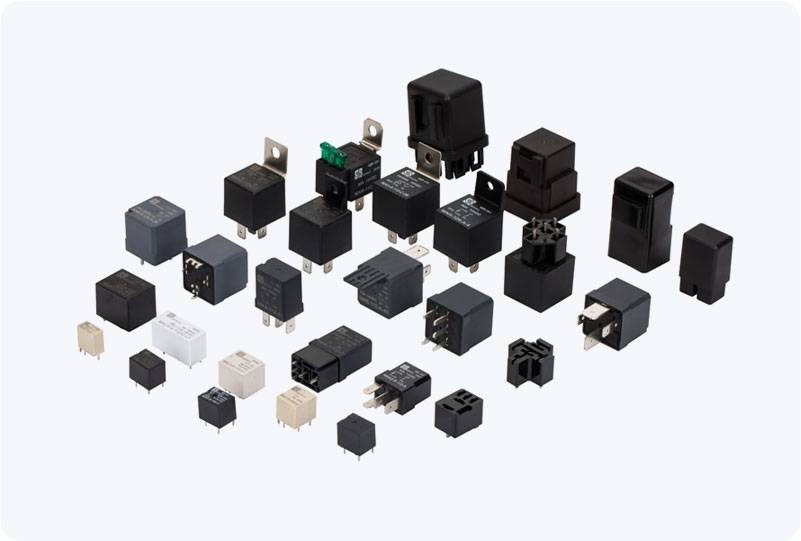understanding sil 3 communication relay: ensuring safety in industrial systems
Release time:2025-11-17 05:30:41
In industrial environments, safety and reliability are paramount, especially in applications where failure could lead to catastrophic consequences. One critical component that helps ensure these safety standards are met is the SIL 3 communication relay. SIL, or Safety Integrity Level, is a measure of the reliability of a safety-related system. SIL 3, specifically, denotes a high level of reliability required in systems that control hazardous processes. This article will explore the role of SIL 3 communication relays in industrial systems, their key features, and why they are essential for maintaining safety in complex environments.

What is a SIL 3 Communication Relay?
A SIL 3 communication relay is a specialized safety device used in industrial control systems to ensure safe and reliable communication between devices, such as programmable logic controllers (PLCs), sensors, and actuators. It operates within systems that must meet safety integrity levels defined by international standards such as IEC 61508 and IEC 61511. SIL 3 corresponds to a very high level of safety, where the risk of failure is extremely low—typically less than 1 failure per million operating hours.
The SIL 3 communication relay ensures that communication channels between safety-critical devices remain intact and functioning, even in the event of a fault. This relay is designed to provide a failsafe operation, which is particularly important in industries such as chemical processing, oil and gas, nuclear, and automotive manufacturing, where the stakes of failure are high.

